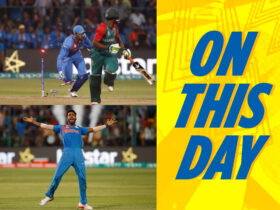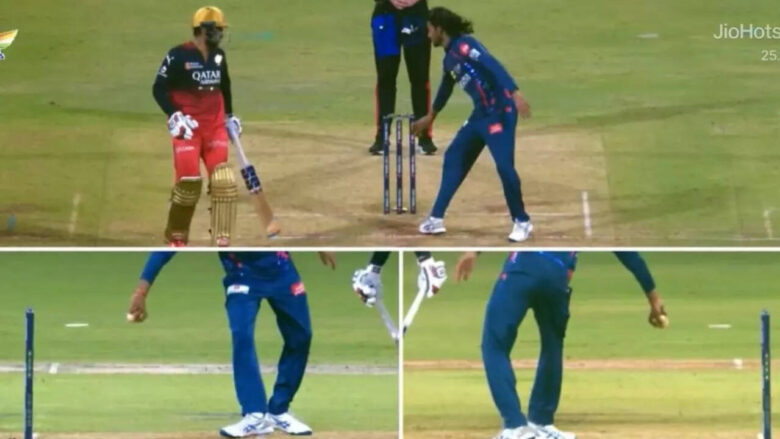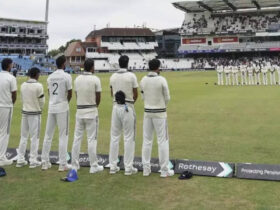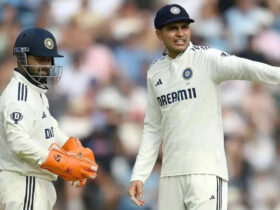EXPLAINED: Why Jitesh Sharma Escaped Run-Out in LSG vs RCB IPL 2025 Thriller
In a heart-stopping encounter during the IPL 2025 season, a contentious run-out attempt involving Jitesh Sharma of Royal Challengers Bengaluru (RCB) against Lucknow Super Giants (LSG) left fans and experts debating the intricacies of cricket’s laws. The incident, which occurred during a high-stakes match at the iconic M Chinnaswamy Stadium, saw LSG’s bowler Digvesh Rathi attempt a run-out at the non-striker’s end on the final ball of the 17th over. Despite Sharma being clearly outside his crease, the third umpire ruled him not out, citing MCC Law 38.3. Adding to the drama, LSG captain Rishabh Pant withdrew the appeal in a display of sportsmanship, though the gesture proved unnecessary under the rules.
Let’s break down the incident. Replays showed that Rathi had completed his bowling action and crossed the popping crease before attempting to dislodge the bails. According to MCC Law 38.3.1, a non-striker can only be run out if the bowler attempts the dismissal before reaching the highest point of their delivery swing. The law states: “At any time from the moment the ball comes into play until the instant when the bowler would normally have been expected to release the ball, the non-striker is liable to be run out…” Further clarification in Laws 38.3.1.1 and 38.3.1.2 specifies that this cutoff occurs when the bowler’s arm reaches its peak during the delivery swing. Since Rathi’s action was completed, the attempt was deemed invalid by the third umpire after a meticulous review.
The moment wasn’t just about rules but also showcased the spirit of the game. On-field visuals captured Pant and Sharma sharing a warm embrace, with Pant’s decision to withdraw the appeal earning applause from commentators and spectators alike. However, the decision ultimately rested on the technicality of timing, not the appeal, making Sharma’s reprieve purely a matter of law.
Beyond the controversy, the match itself was a spectacle. RCB chased down a daunting target of 228 runs set by LSG, sealing the victory with 8 balls to spare. Jitesh Sharma, the man at the center of the storm, played a match-defining knock, remaining unbeaten on 85 runs off just 33 balls, including 6 fours and 7 towering sixes. His aggressive innings, coupled with a solid partnership with Virat Kohli (who scored a brisk 62 off 40), turned the game decisively in RCB’s favor. For LSG, this match marked their final outing of the IPL 2025 season, ending on a bittersweet note with a high-scoring thriller overshadowed by the run-out drama.
This incident serves as a reminder of how precise and often misunderstood cricket’s laws can be, especially regarding non-striker run-outs, colloquially known as ‘Mankading’. The rule, named after Indian cricketer Vinoo Mankad who first employed this tactic in 1947 against Australia, has long been a topic of ethical debate. While some argue it’s within the laws, others view it as against the spirit of the game. Sharma’s escape, however, was purely technical, emphasizing the importance of timing over intent in such dismissals.
As the IPL 2025 season progresses, this match will be remembered not just for RCB’s clinical chase or Sharma’s fireworks but for a rule interpretation that sparked endless discussions across cricket circles. It’s a testament to the sport’s evolving nature, where every match brings new lessons in both skill and law. What are your thoughts on this dramatic ruling? Should the laws around non-striker run-outs be revisited, or do they strike the right balance between fairness and strategy? Drop your views in the comments!





















